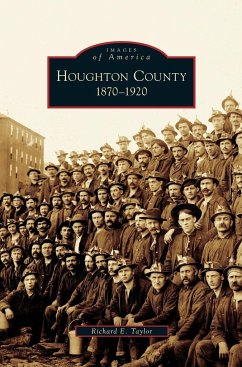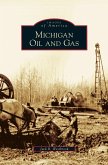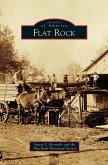Go West, young man . . . When Horace Greeley made his famous statement in the pages of Harper's Weekly, he was not referring to the goldfields of the late-1840s California, he was speaking of Michigan's western Upper Peninsula. In the mid- to late 1840s, Michigan's copper resources were rediscovered by state geologist Douglass Houghton, setting off a mining boom rivaled only by the gold rush of 1849. The richest copper and silver ores, and even some gold, were found in the mines of Houghton County. Famous mines such as "Old Reliable," the Quincy mine, and the Calumet and Hecla mines gave up billions of tons of pure native copper and millions of dollars to eastern investors for over 100 years. Railroads, steamship lines, and eventually trolley lines served Houghton County, offering connection to the outside world. Between 1850 and 1920, mining companies attracted immigrants from Cornwall, England; Germany; Italy; Finland; Ireland; the Austro-Hungarian empire; and French Canada. The area was a true melting pot. Although this era of prosperity saw the rise of labor unions, the period culminated in the tragic and unsuccessful strike of 1913.
Hinweis: Dieser Artikel kann nur an eine deutsche Lieferadresse ausgeliefert werden.
Hinweis: Dieser Artikel kann nur an eine deutsche Lieferadresse ausgeliefert werden.








